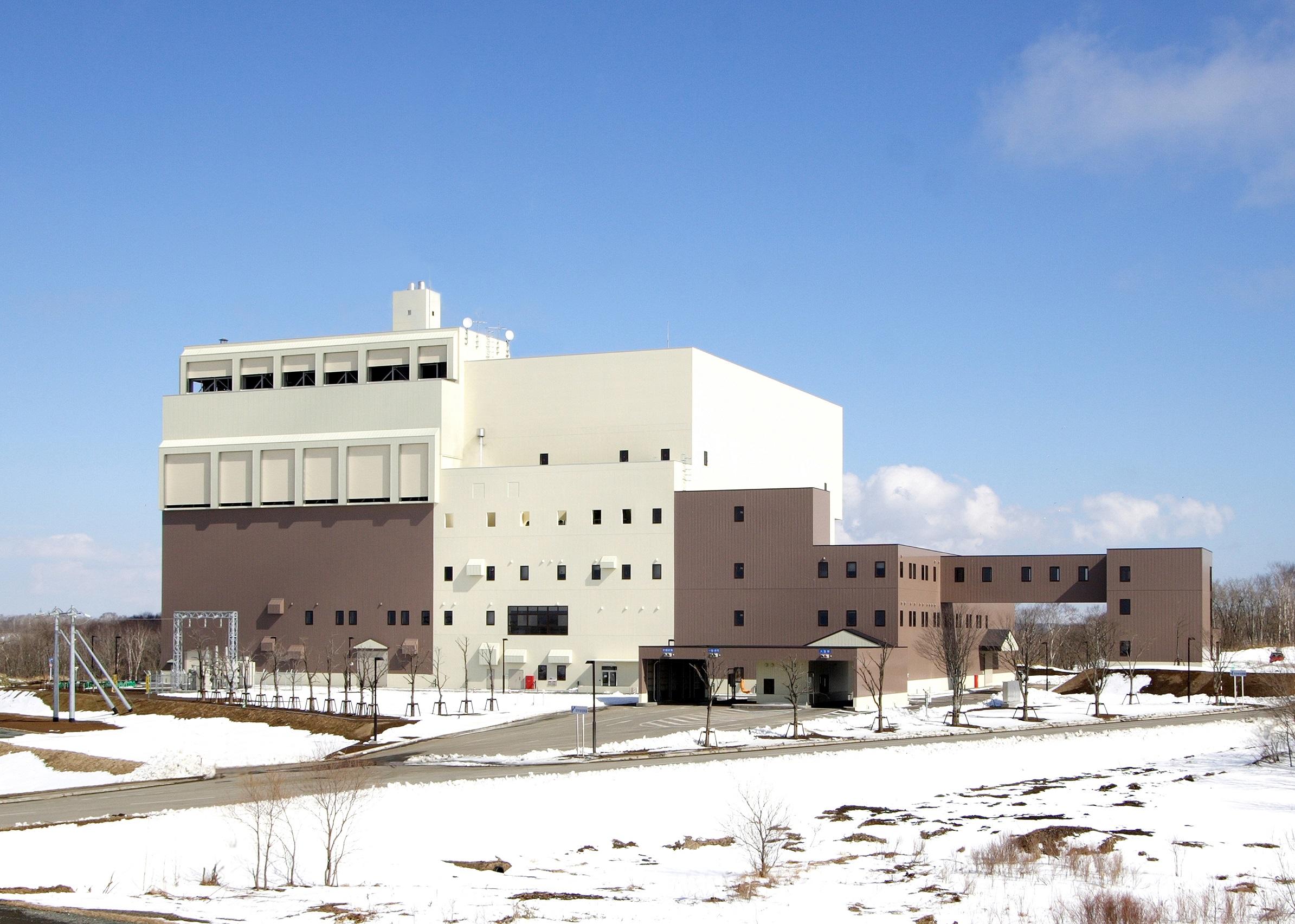News
MHIEC Receives Order to Refurbish Core Equipment of the Kushiro Wide-Area Federation WtE Plant in Kushiro, Hokkaido -- Renovation to Extend the Service Life of the 240 tpd Facility --
◆ Renovation will extend the service life and increase the energy efficiency of the fluidized bed type gasification and ash melting furnace facility, which began operating in April 2006.
◆ Completion is scheduled for September 2023, and is expected to reduce CO2 emissions by around 15% annually.
Tokyo, June 30, 2020 – Mitsubishi Heavy Industries Environmental & Chemical Engineering Co., Ltd. (MHIEC), a Group company of Mitsubishi Heavy Industries, Ltd. (MHI), has received an order from the Kushiro Wide-Area Federation, comprising the city of Kushiro and five other Hokkaido municipalities, for repair and improvement of core equipment at the Kushiro Wide-Area Federation Waste-to-Energy (WtE) Plant in Takayama, Kushiro. The facility has a total waste treatment capacity of 240 tonnes per day (tpd). MHIEC will refurbish and improve the fluidized bed type gasification and ash melting furnace*1 and related equipment, extending the working life of the facility and enhancing its energy efficiency. The contract is valued at 3,993 million Japanese yen. Completion is scheduled for September 2023.
The Kushiro Wide-Area Federation was established in 2002 under the provisions of the revised Local Autonomy Act. It currently manages the incineration of waste for the municipalities of Kushiro-shi, Kushiro-cho, Akkeshi-cho, Teshikaga-cho, Tsurui-mura, and Shiranuka-cho. The WtE plant was designed and built by MHI. It was completed in March 2006, and began operations in April that year. Kushiro Eco-Creation Co., Ltd., in which MHIEC holds a 90% stake, provides operations and maintenance work under a 15-year, long-term comprehensive contract. The plant comprises two lines of fluidized bed type gasification and ash melting furnace and related equipment, each with capacity of 120 tpd. It has an electricity generating capacity of 4.6 megawatts (MW).
The core facilities renovation contract comprises the renewal of superannuated key components of the facility, including the waste receiving and feeding equipment, gasification and ash melting furnace, waste heat boiler, and flue gas treatment system. The renovation will introduce high-efficiency motors and invertors to increase energy efficiency, as well as hybrid bag filters with dioxin decomposition functionality*2, and a low-temperature catalyst for the denitrification equipment to increase the heat recovery rate. These measures will reduce CO2 emissions by around 15% annually, helping to curb global warming. This is the first order for repair and improvement of core equipment MHIEC has received for a WtE plant for which it has a long-term comprehensive contract for operations and maintenance by MHIEC Group.
Renovation of WtE plants is increasing as operators aim to extend the service life of facilities and reduce their environmental impact. The Japanese national government also established a related subsidy system*3 in fiscal 2010, further accelerating this trend.
MHIEC took over MHI’s environmental protection business in 2008, incorporating its accumulated technological development capabilities in environmental protection systems, and its broad expertise in the construction and operation of waste management facilities both in Japan and overseas. Based on this strong track record, MHIEC is well positioned to provide comprehensive solutions, from plant construction to operation.
Going forward, on the strength of this record and boosted by this latest contract, MHIEC will pursue additional renovation projects to enhance the energy efficiency and stable operation of existing plants, and actively offer solutions to lower operation and maintenance expenses and other lifecycle costs.

*1:The fluidized bed type gasification and ash melting furnace utilizes a pre-process fluidized bed gasification furnace for thermal cracking (carbonization) under low-oxygen conditions of waste into inflammable gas and unburned hydrocarbons. These gases and unburned hydrocarbons are fed into the post-process combustion melting furnace and immediately combusted, with the vitrified molten slag becoming a reduced, recycled material. This system is a practical application of a next-generation incinerator developed in response to the increasingly serious dioxin and environmental issues of the 1990s.
*2:Hybrid bag filters, in addition to removing toxic substances, have coatings of a catalyst on the bag filter fibers that provide additional functionality to decompose gaseous dioxins and nitrogen oxide (NOx).
See the following website for details. (Japanese) https://www.mhi.com/jp/products/environment/hbf.html
*3:This program, administered by Japan’s Ministry of the Environment, is centered on improvements to existing facilities for more effective use, and as a measure to address climate change in the waste sector. Municipal governments seeking to extend the working life of their MSW facilities and implement climate change measures are eligible for subsidies on projects that reduce CO2 emissions (promoting the introduction of leading-edge facilities), or grants for establishing a sound material-cycle society, equivalent to one-half or one-third of project costs.
PRESS CONTACT:
General Affairs & Personnel Department General Affairs Group.




